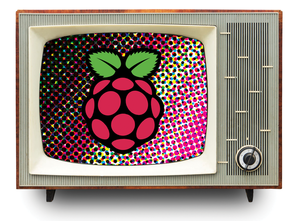High-Def Pi
The HDMIPi 9-inch HD screen is one of the most hotly anticipated addons ever for the Raspberry Pi. Russell Barnes talked with its creator, David Mellor, to find out how it started.

Lead Image © Yuriy Chaban, 123RF.com
The HDMIPi 9-inch HD screen is one of the most hotly anticipated addons ever for the Raspberry Pi. Russell Barnes talked with its creator, David Mellor, to find out how it started.
You may never have heard of David Mellor or his company Cyntech [1]; yet, Mellor has been at the forefront of Raspberry Pi hacking and making since the credit card-sized computer first came into mainstream consciousness. He has also had a hand in some of the biggest success stories of the cottage industry that's sprung up around it.
"I've been working within manufacturing, electronics, and distribution for 20 plus years. I headed up Elma Electronics in the UK and we got the company up to a value of around UK£ 3.5 million. I moved to America to run their facilities there for a while," explained Mellor.
When Mellor returned from the United States, he was a bit shocked at the distribution market in the United Kingdom and thought there might be an opportunity to build a company there. He called it Cyntech. Mellor said, "We started off with very little money and managed to get some franchised distribution."
[...]
Pages: 6
Price $15.99
(incl. VAT)